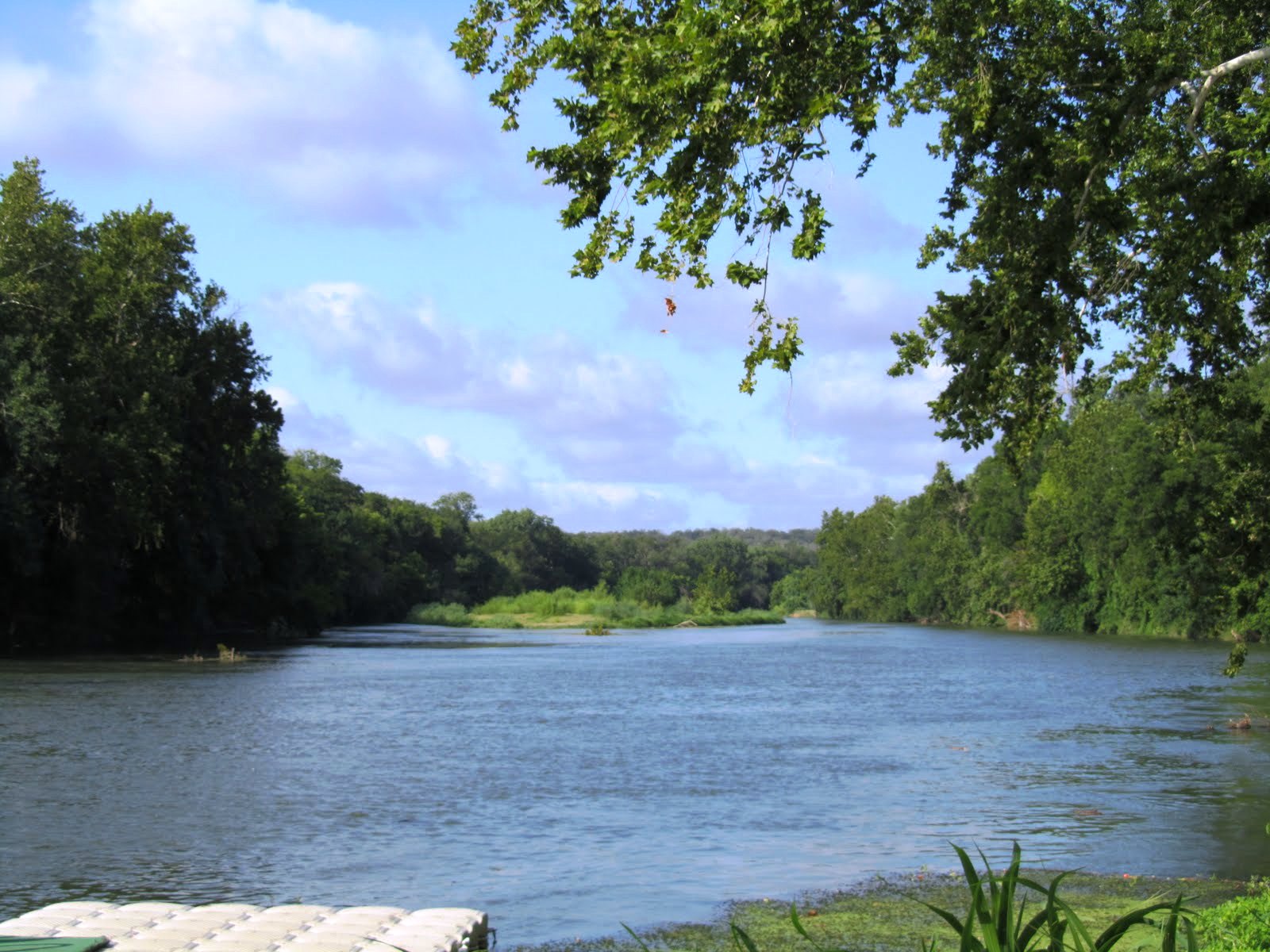Farm & Ranch
[AgriLife Today] Watershed courses June 13-14 will spotlight stakeholder engagement in Dallas

By: Paul Schattenberg
By: Paul Schattenberg, 210-859-5752, [email protected]
Contact: Nikki Dictson, 979-458-5915, [email protected]
DALLAS – The Texas Watershed Planning Program of the Texas Water Resources Institute and Texas A&M AgriLife Research are co-hosting a two-course series on watershed stakeholder engagement for water and natural resources professionals June 13-14 in Dallas.
“Getting in Step – Top 10 Outreach Tips that Won’t Break the Bank,” will be from 9 a.m.-4 p.m. June 13 at the Texas A&M AgriLife Research and Extension Center, 17360 Coit Road.
The second course, “Stakeholder Facilitation: Working with Stakeholders to Move the Process Forward,” will be from 9 a.m.-4 p.m. June 14 at the same location.
Registration for each course is $75 or $130 for both.
Nikki Dictson, Texas A&M AgriLife Extension Service program specialist and manager of the institute’s watershed program in College Station, said this two-course series begins with directions on how to develop an outreach campaign to engage stakeholders, followed by instruction on how to facilitate and keep stakeholders engaged throughout the process.
“These courses are for any natural resource or water professional who is working on outreach or with partners and stakeholders to facilitate a planning process,” she said.
Charlie MacPherson of Tetra Tech, an environmental engineering and consulting firm based in Pasadena, California, is the instructor for both courses. Dictson said MacPherson helped develop the Getting in Step outreach series and guidebooks for the U.S. Environmental Protection Agency.
“Stakeholder engagement is more than just holding a public hearing or seeking public comment on a new regulation,” MacPherson said. “Effective stakeholder engagement provides a method for identifying public concerns and values, developing consensus among affected parties, and producing efficient and effective solutions through an open, inclusive process.”
Dictson said the Getting in Step course will highlight practical tips and tools used to effectively engage and involve stakeholders throughout a watershed area.
She said the stakeholder facilitation course will address determining who needs to be involved, making meetings count, diffusing conflict, making decisions using a consensus-based approach and sustaining the stakeholder group.
“Outreach is a powerful tool to get stakeholders involved early in the watershed planning process, promoting behavior change and enhancing the implementation of your programs,” Dictson said.
Dictson said the watershed planning program is able to offer these courses thanks to funding through a Clean Water Act nonpoint grant provided by the Texas State Soil and Water Conservation Board and the U.S. Environmental Protection Agency.
For more information or to register for the courses, visit http://watershedplanning.tamu.edu/training/.
The institute is part of AgriLife Research, AgriLife Extension and the College of Agriculture and Life Sciences at Texas A&M University.
-30-
LikeTweet
Find more stories, photos, videos and audio at http://today.agrilife.org
Farm & Ranch
Managing Show Cattle Through The Winter

By Heather Welper
Husband and wife duo, Heather and Calvin Welper, are the Co-Owners and Operators or Two C Livestock, located in Valley View, Texas.
The pair’s operation has a show cattle focus where they raise and sell purebred heifers of all breeds and club calf Hereford steers.
When it comes to show cattle, the Welpers know a thing or two including how to prepare for the cold winter months and the Texas major show season run.
To read more, pick up a copy of the November edition of North Texas Farm & Ranch magazine, available digitally and in print. To subscribe by mail, call 940-872-5922.

Farm & Ranch
Double M Ranch & Rescue

By Hannah Claxton, Editor
As the sun rises each day, so do the dozens of mouths that Meghan McGovern is responsible for getting fed. Rather than the sounds of a rooster crowing, McGovern hears the bellows and bleats of a variety of exotic deer, the chortle of kangaroos, the grunts of water buffaloes, and the chirps of a lemur.
Nestled against the banks of the Red River, the Double M Ranch and Rescue, with its high game fences and deer sprinkling the landscape,s its in stark contrast to the surrounding ranches.
“Having deer is kind of like eating potato chips- you can never actually have just one,” said McGovern with a laugh.
McGovern has several herds to take care of- fallow deer, axis deer, water buffalo, goats, and bison. In smaller numbers, there’s also a few kangaroos, a lemur, a potbelly pig, a pair of zebras, a watusi, and a few horses.
To read more, pick up a copy of the November edition of North Texas Farm & Ranch magazine, available digitally and in print. To subscribe by mail, call 940-872-5922.

Farm & Ranch
Acorn Toxicity

By Barry Whitworth, DVM, MPH
With the prolonged drought, most pastures in Oklahoma end up in poor condition. With the lack of available forage, animals may go in search of alternative foods.
If oak trees are in the pastures, acorns may be a favorite meal for some livestock in the fall. This may result in oak poisoning.
Oak leaves, twigs, buds, and acorns may be toxic to some animals when consumed.
To read more, pick up a copy of the November edition of North Texas Farm & Ranch magazine, available digitally and in print. To subscribe by mail, call 940-872-5922.

-

 Country Lifestyles2 years ago
Country Lifestyles2 years agoScott & Stacey Schumacher: A Growth Mindset
-

 Country Lifestyles8 years ago
Country Lifestyles8 years agoStyle Your Profile – What your style cowboy hat says about you and new trends in 2017
-

 HOME8 years ago
HOME8 years agoGrazing North Texas – Wilman Lovegrass
-

 Outdoor10 years ago
Outdoor10 years agoButtercup or Primrose?
-

 Country Lifestyles5 years ago
Country Lifestyles5 years agoAmber Crawford, Breakaway Roper
-

 Country Lifestyles9 years ago
Country Lifestyles9 years agoJune 2016 Profile – The man behind the mic: Bob Tallman
-

 Equine1 year ago
Equine1 year agoThe Will to Win
-

 Country Lifestyles8 years ago
Country Lifestyles8 years agoDecember 2016 Profile, Rusty Riddle – The Riddle Way




